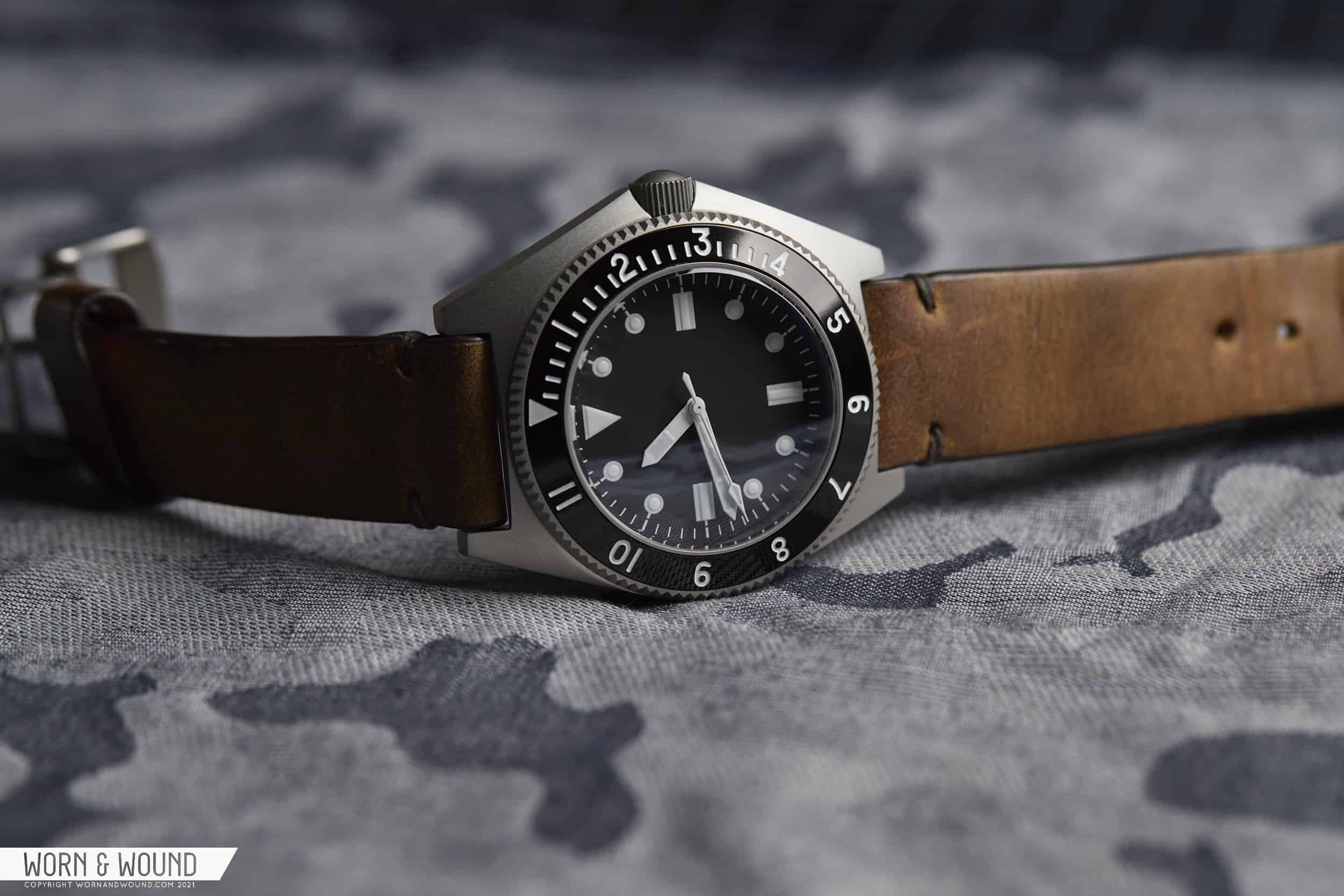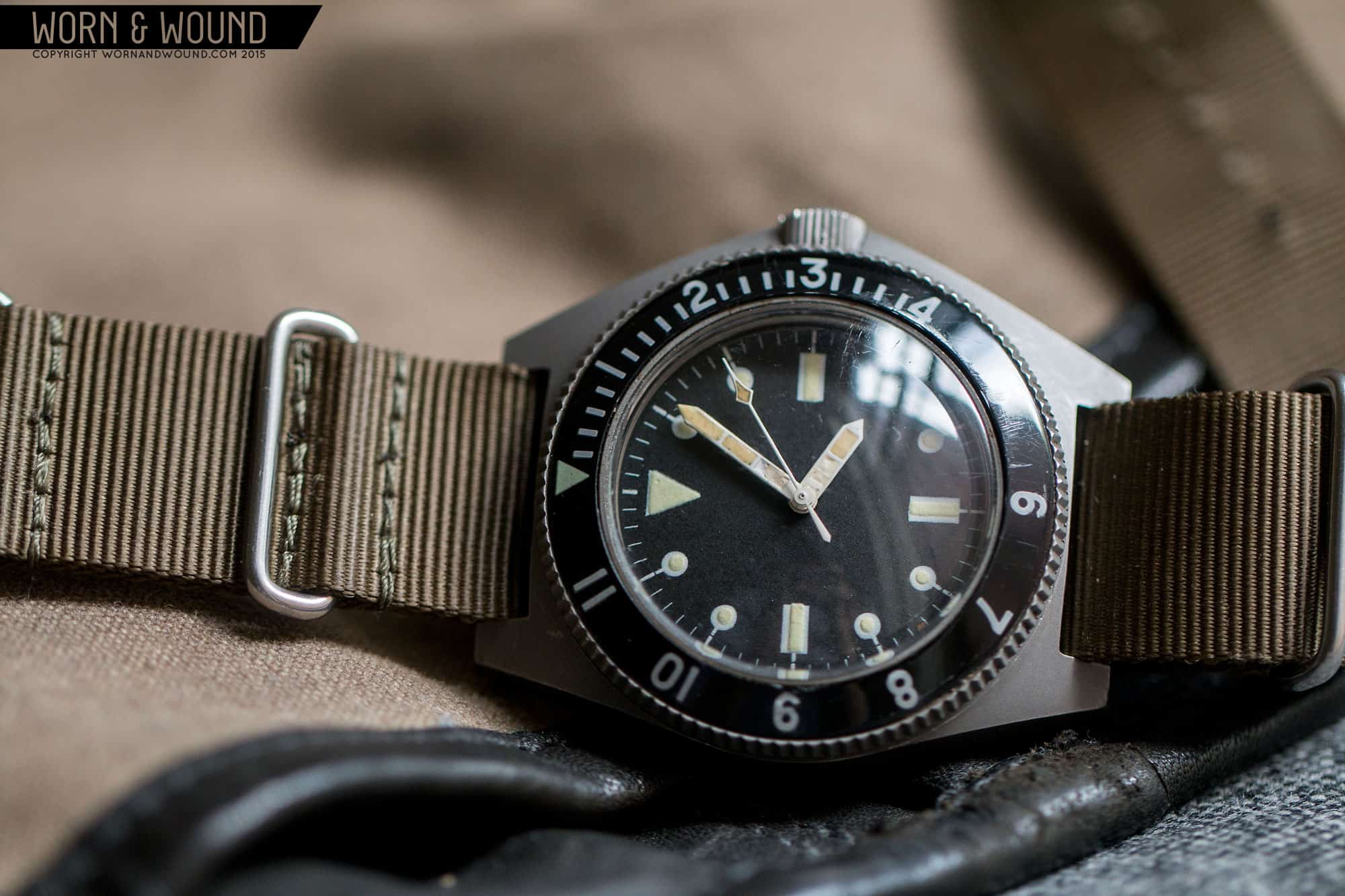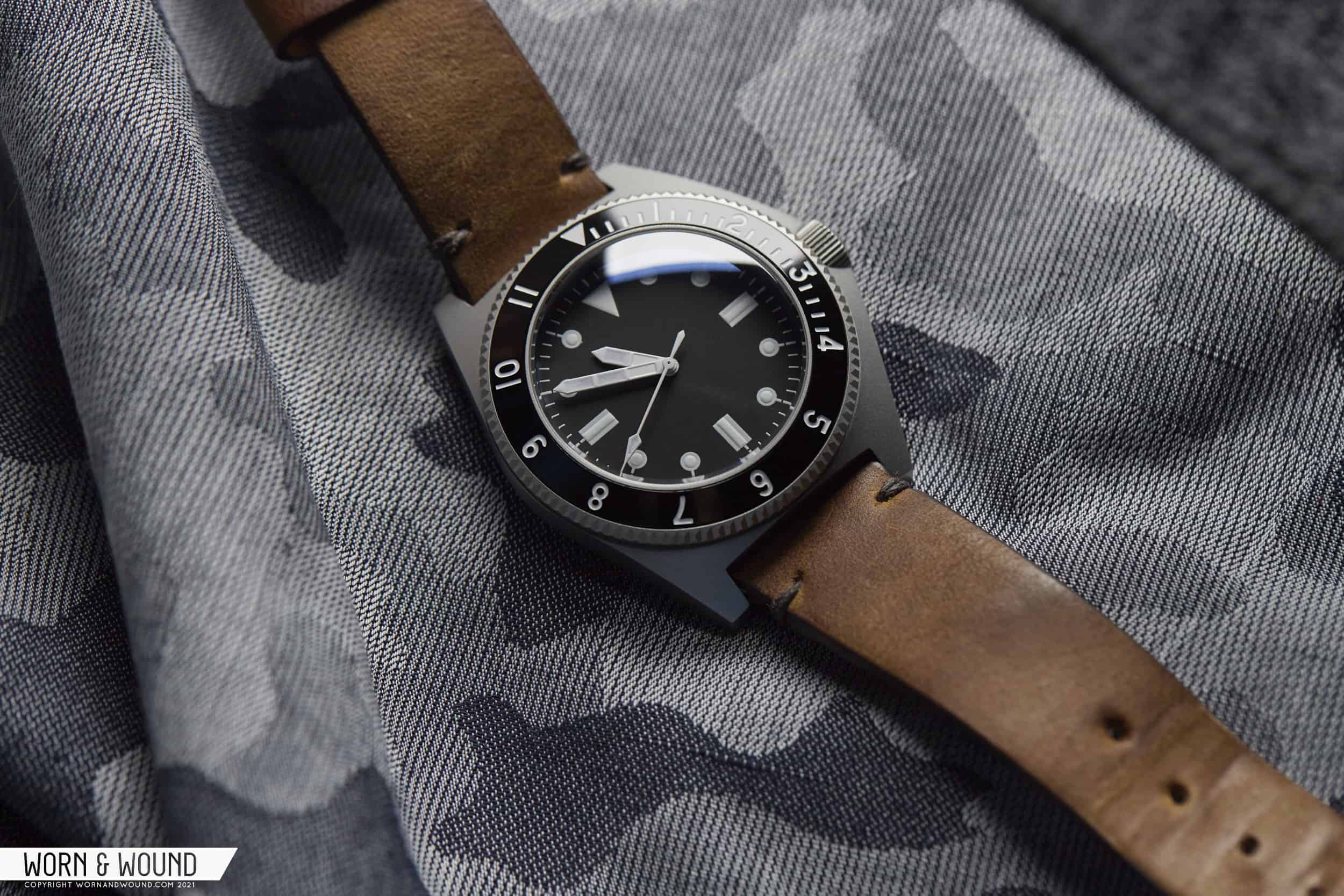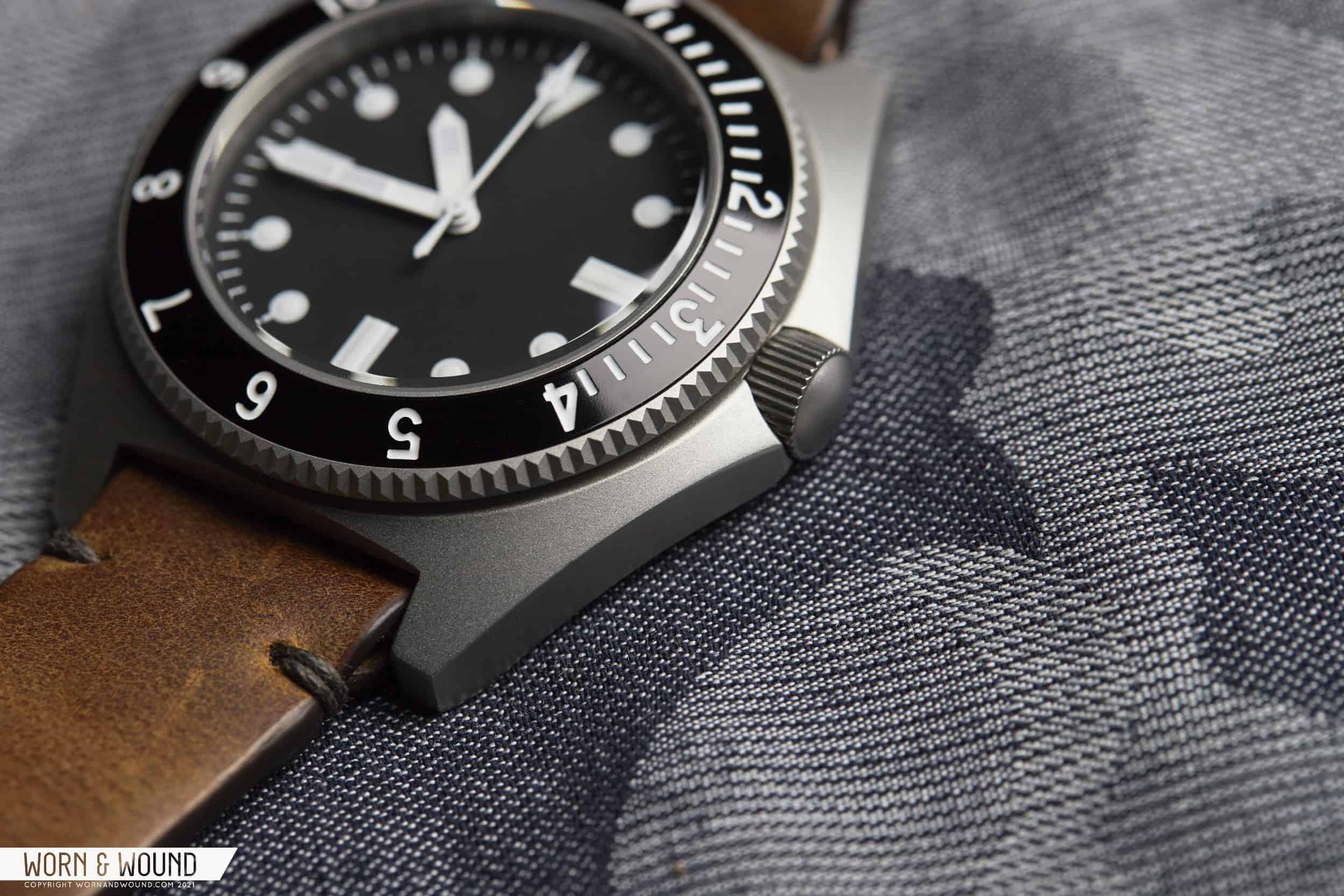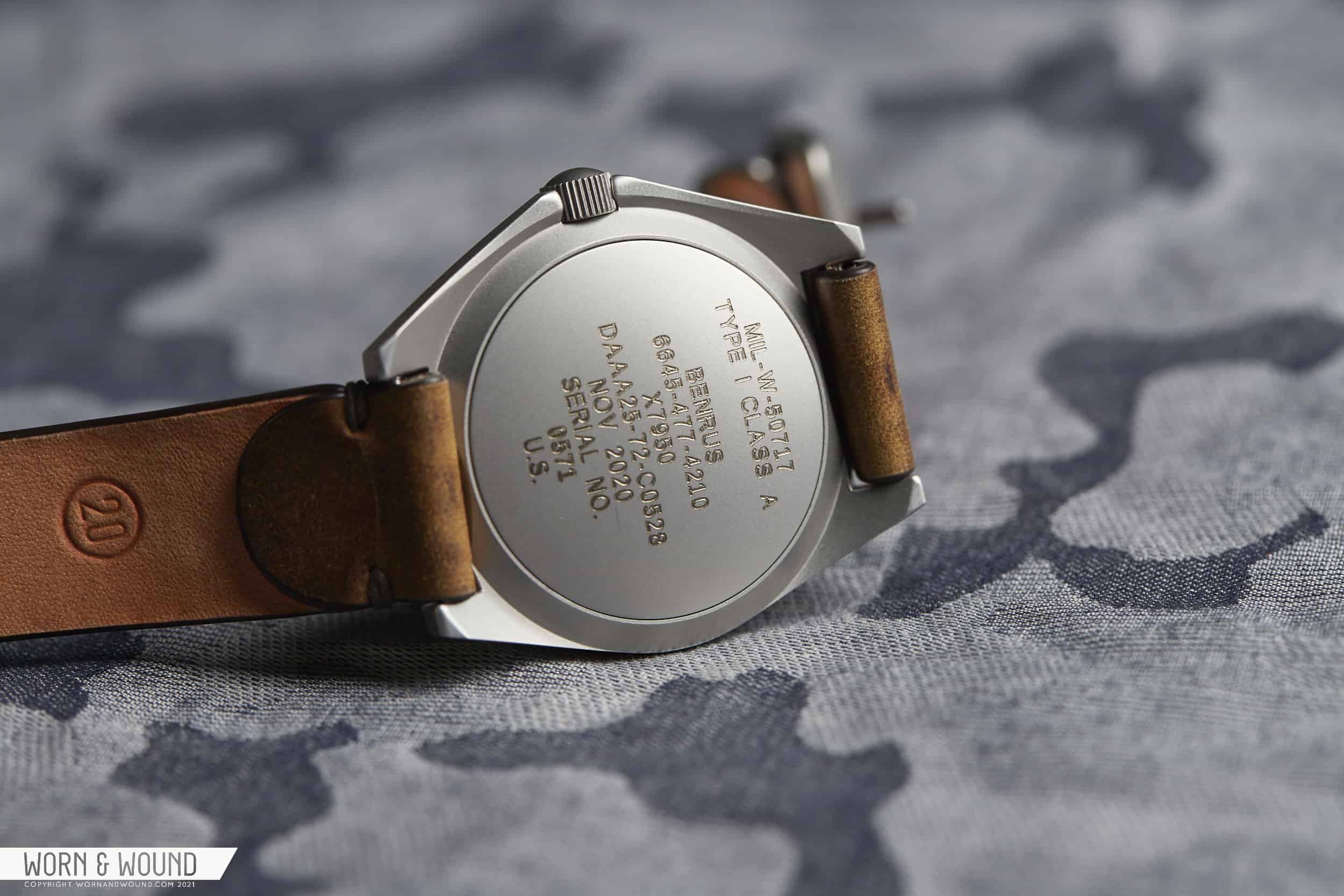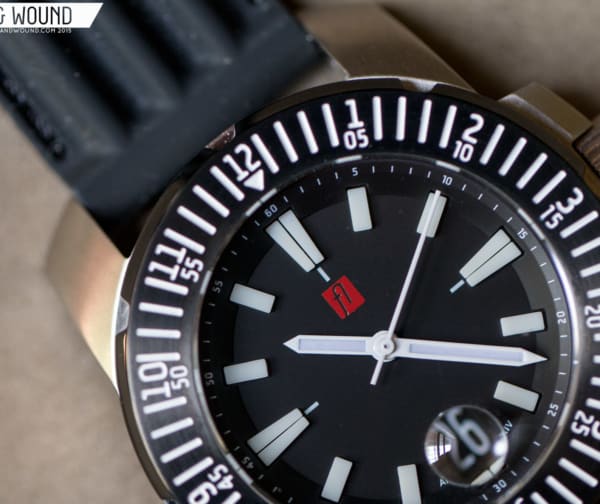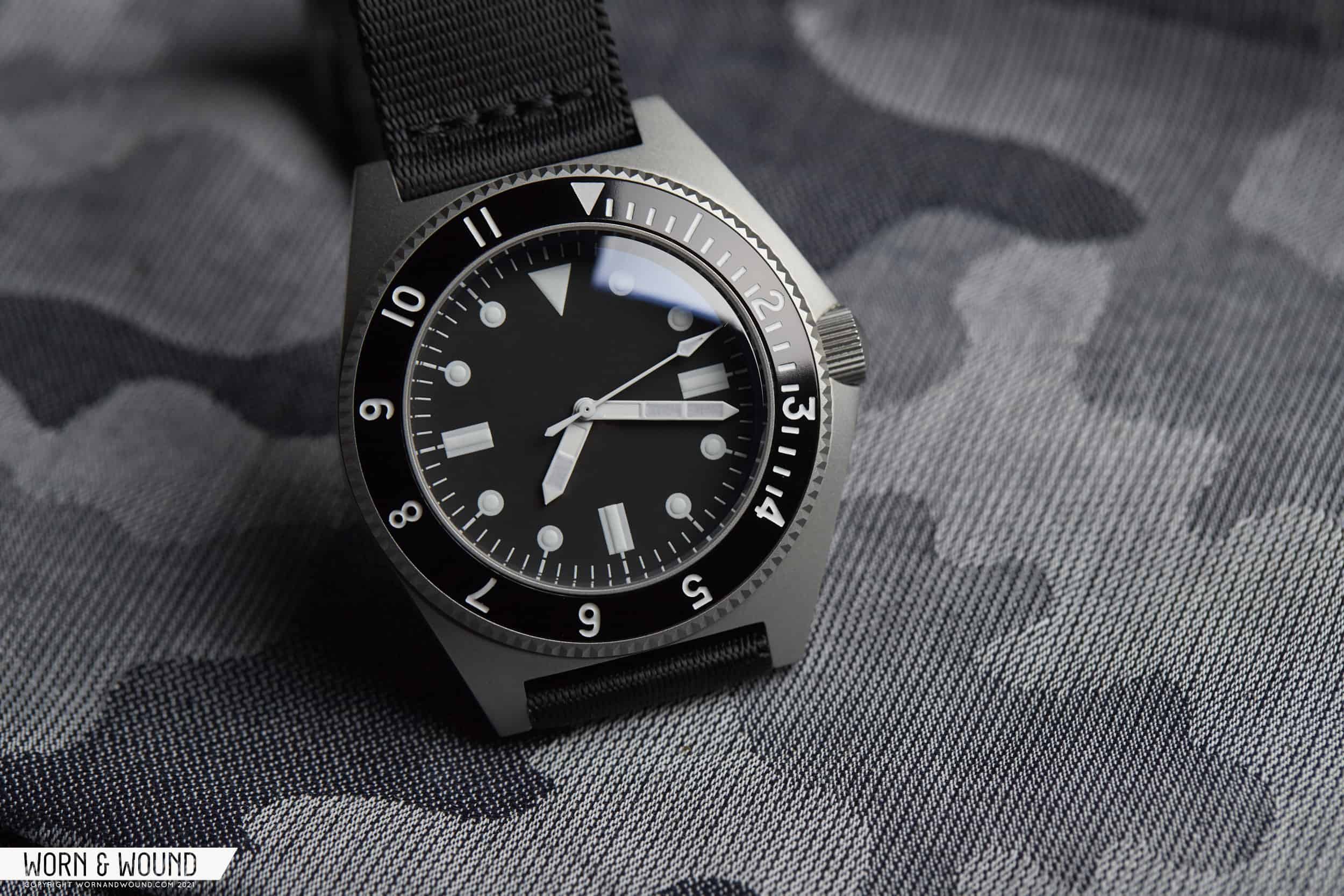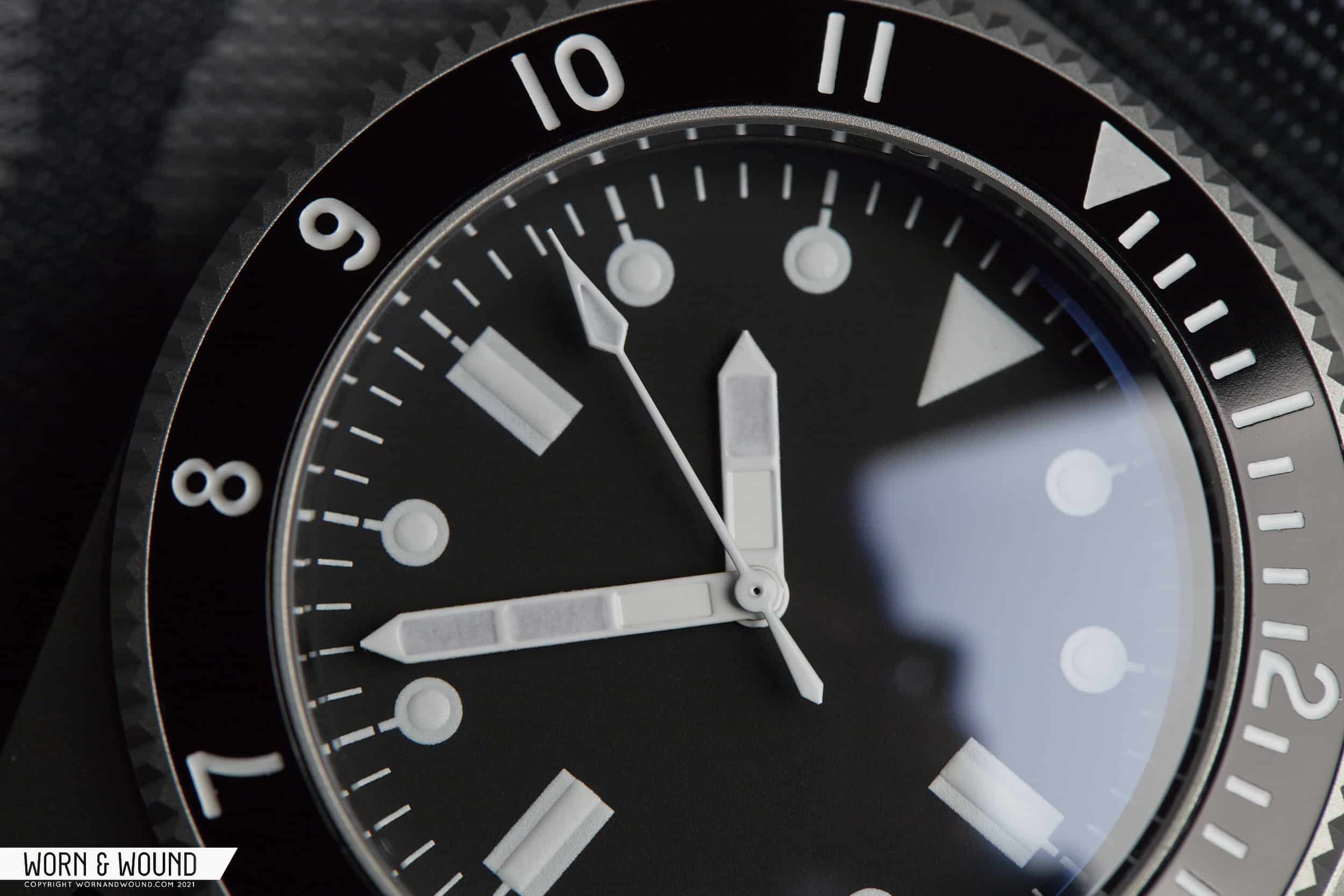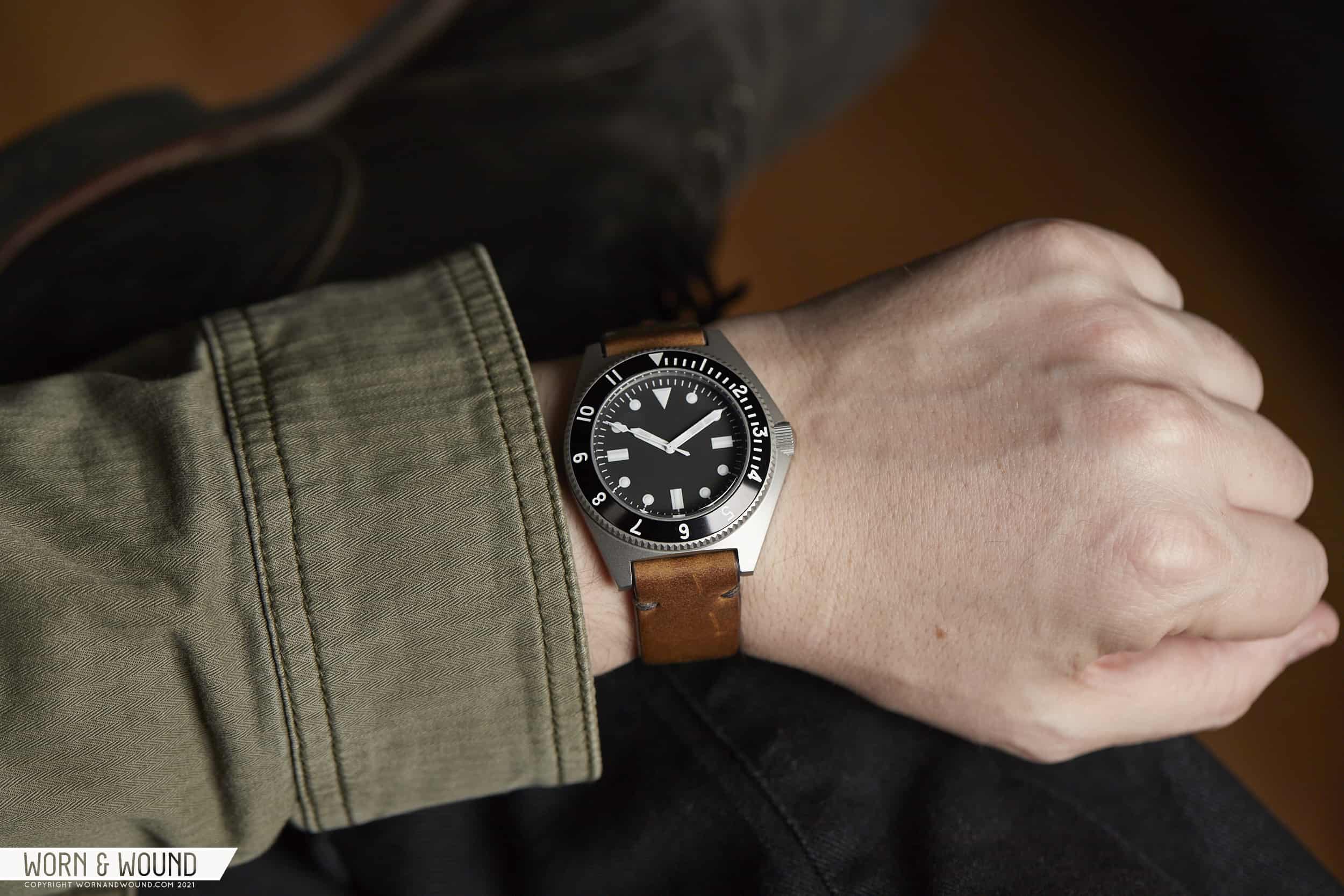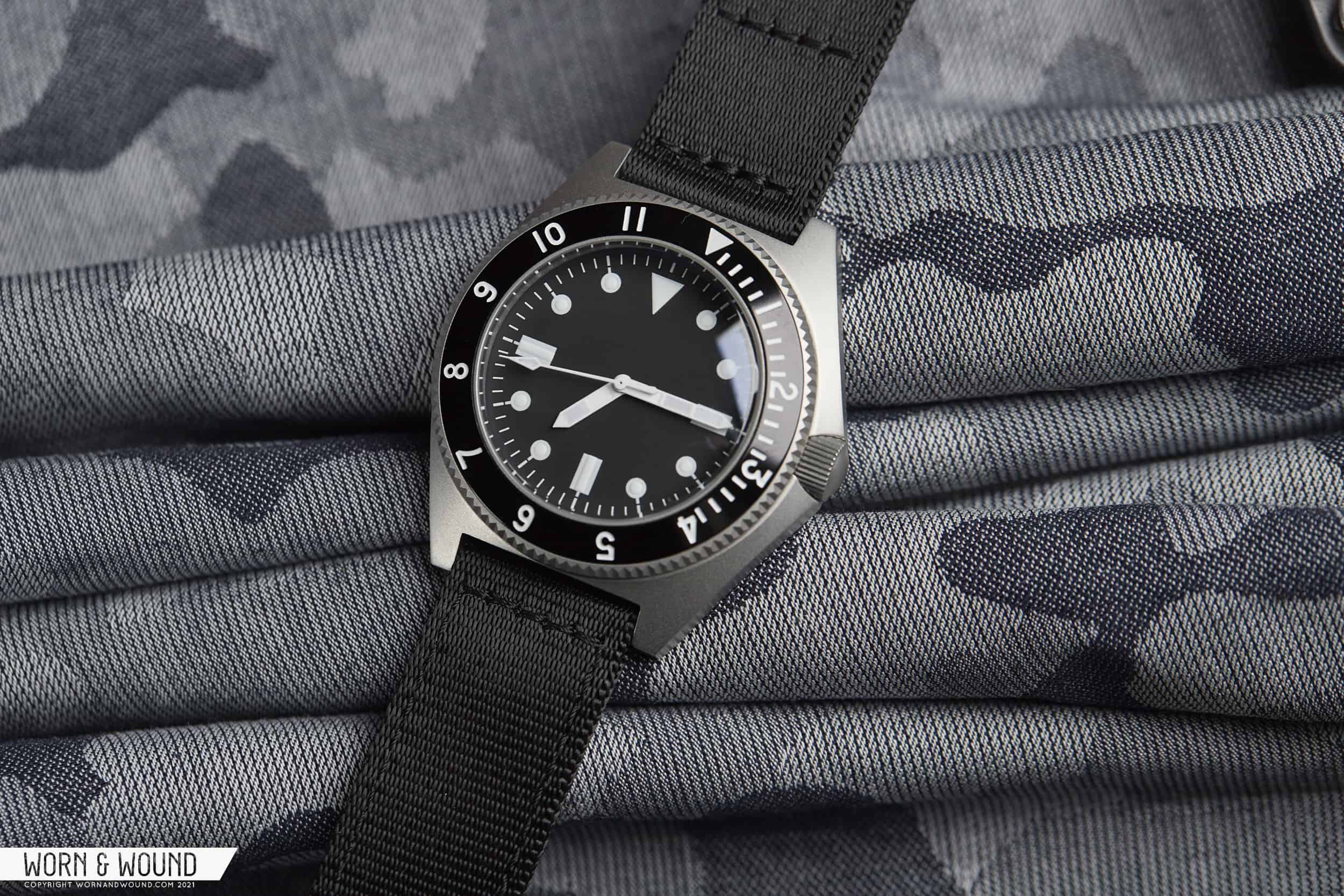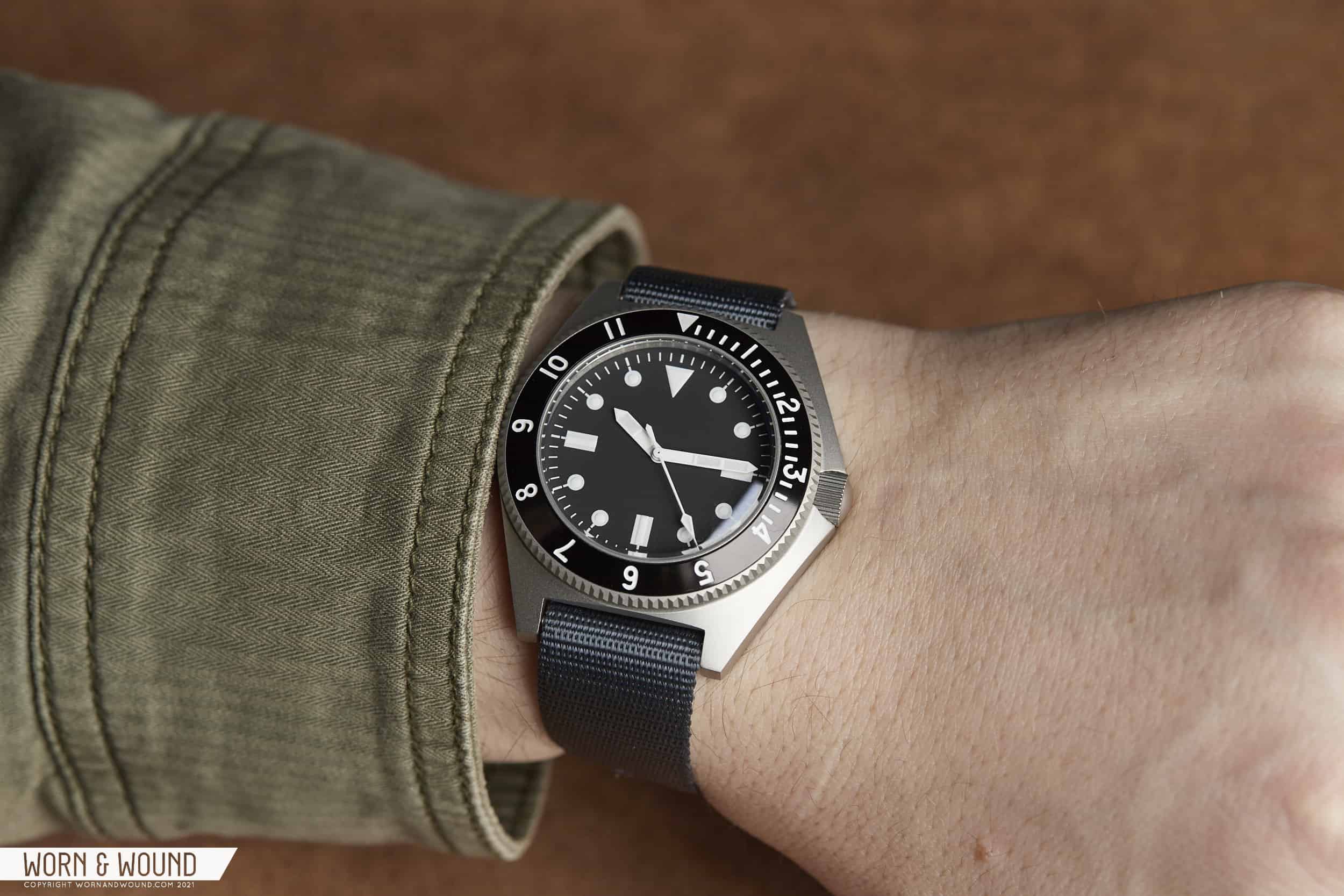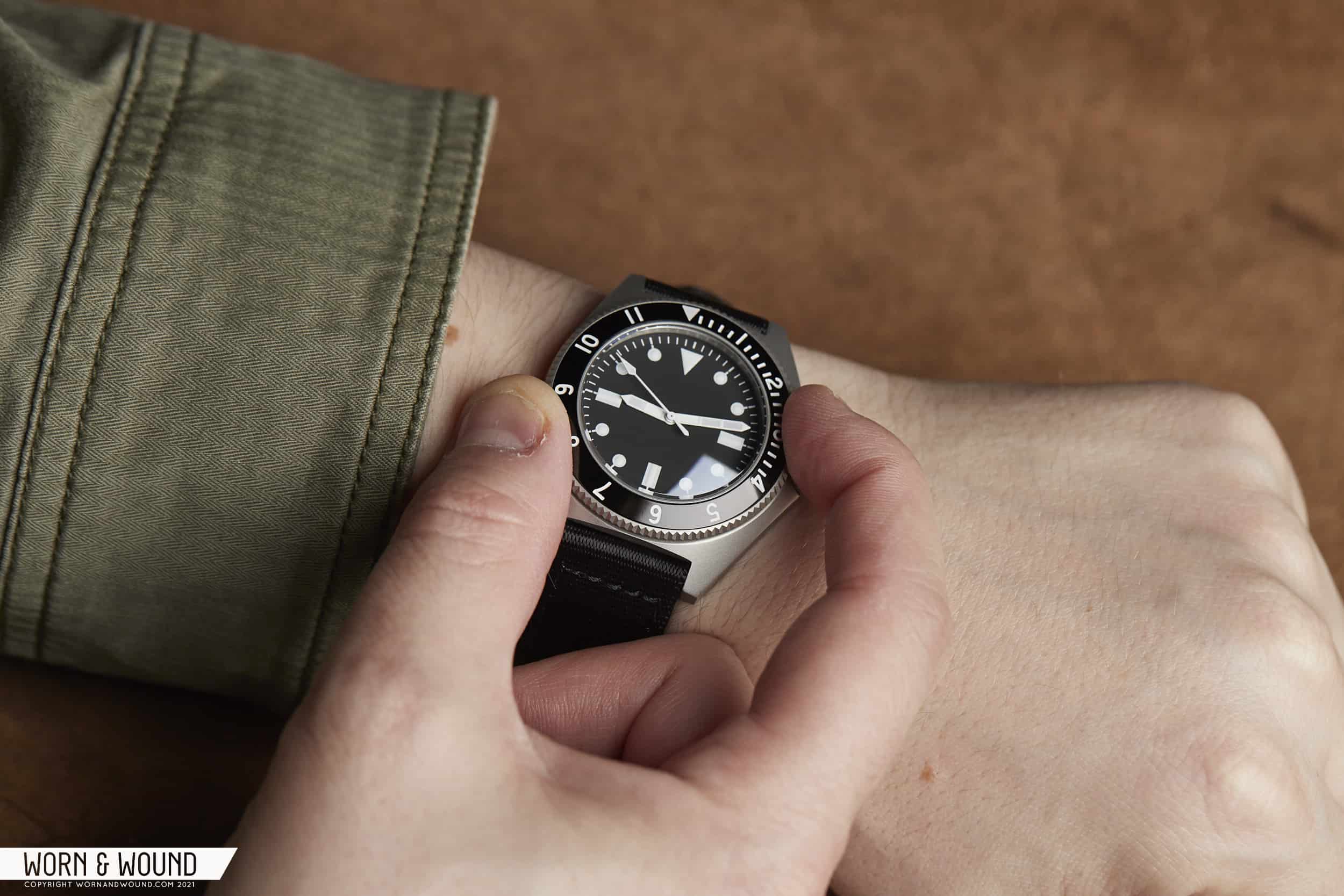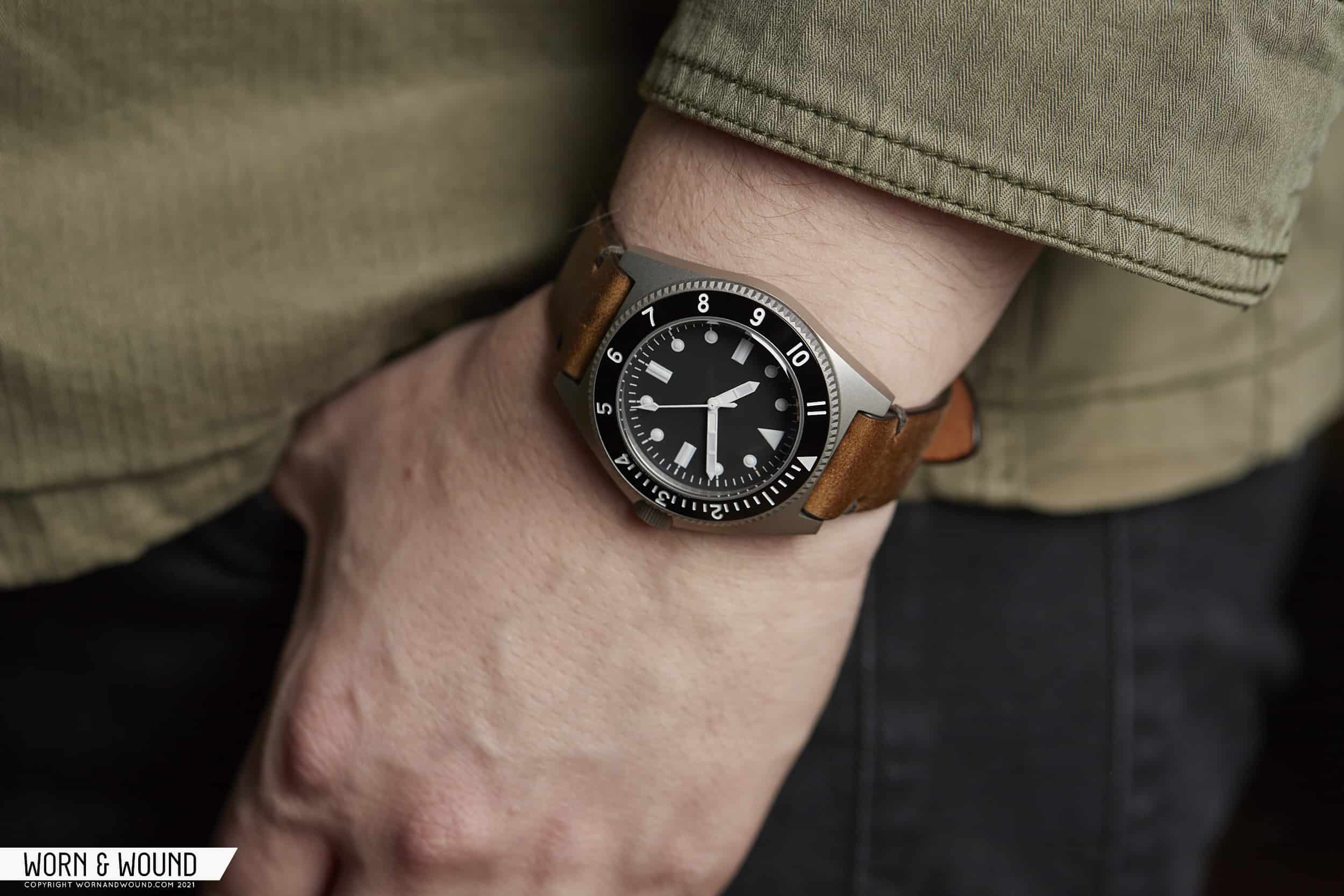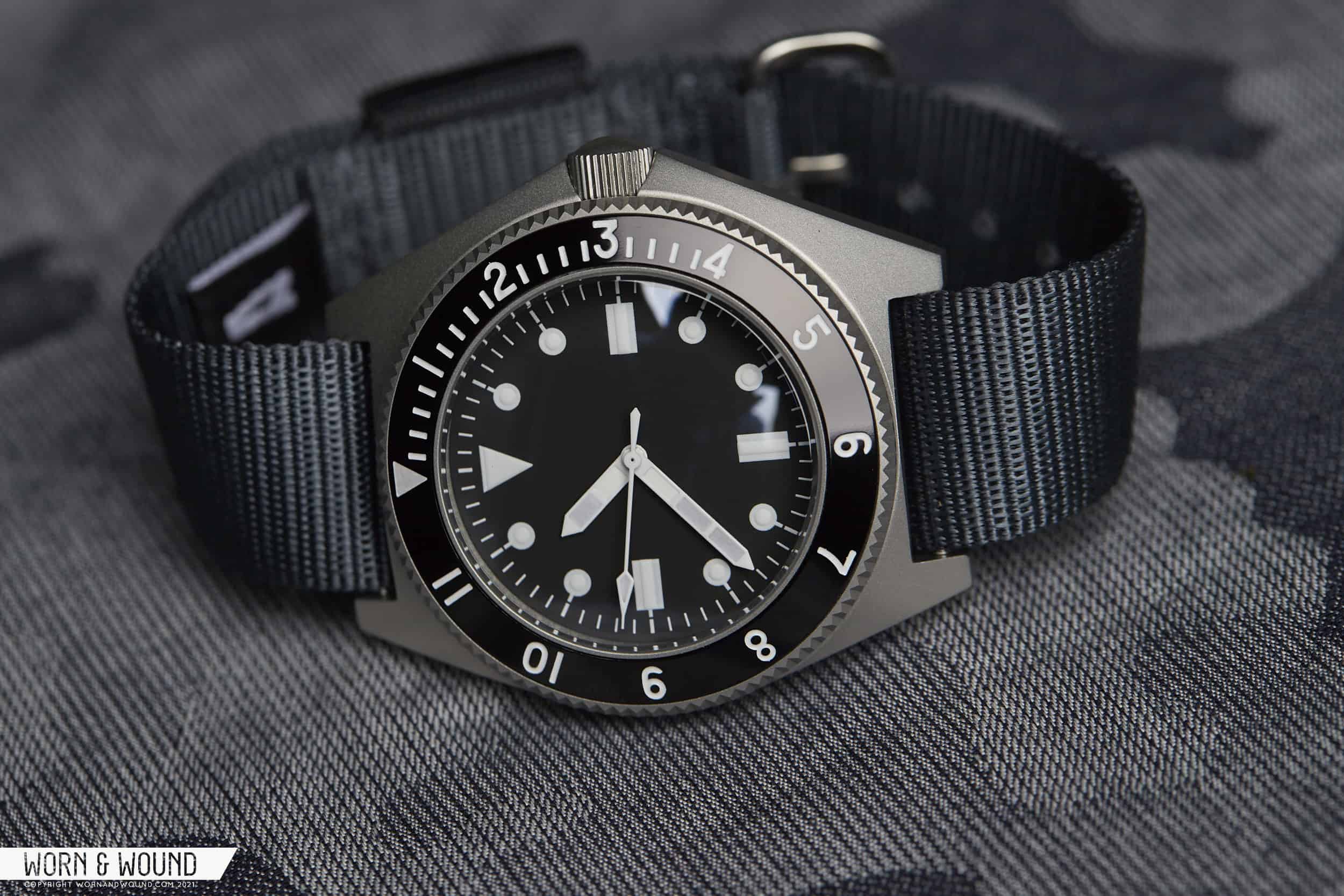I’m going to kick off this review with an admission that I’ve long been a fan of the Benrus Type I and II MIL-W-50717 designs. A definitive military tool dive watch by one of the late, great, though recently re-resurrected American watch brands, I’ve encountered numerous vintage models and other similar watches that have descended from the same tried and true mil-spec over the years, and have always admired them. It’s the closest there is to an iconic American dive watch, and in its blunt, overbuilt, no-fuss kind-of-way, sort of the perfect watch for that honor. So, when it comes to the design of the 2020 Benrus Type I reissue, which is a close remake (though with some important differences), I’m already sold.
Well, not really, but when it comes to the overall design, I don’t need convincing. But before we get there, let’s take a quick look at the brand. Founded in 1921 in our hometown of NYC by Benjamin Lazarus (BEN-RUS), Benrus has a rich history and catalog full of great watches and designs. Though they are most famous, or perhaps well-known for their military-issued watches, their other achievements include one of the sexiest “super compressor” divers you’ll ever see, incredible jump hour dress watches, being on Steve McQueen’s wrist, and much more. But, like many brands, they didn’t survive the Quartz crisis, and after a few ownership changes, the brand all but disappeared.
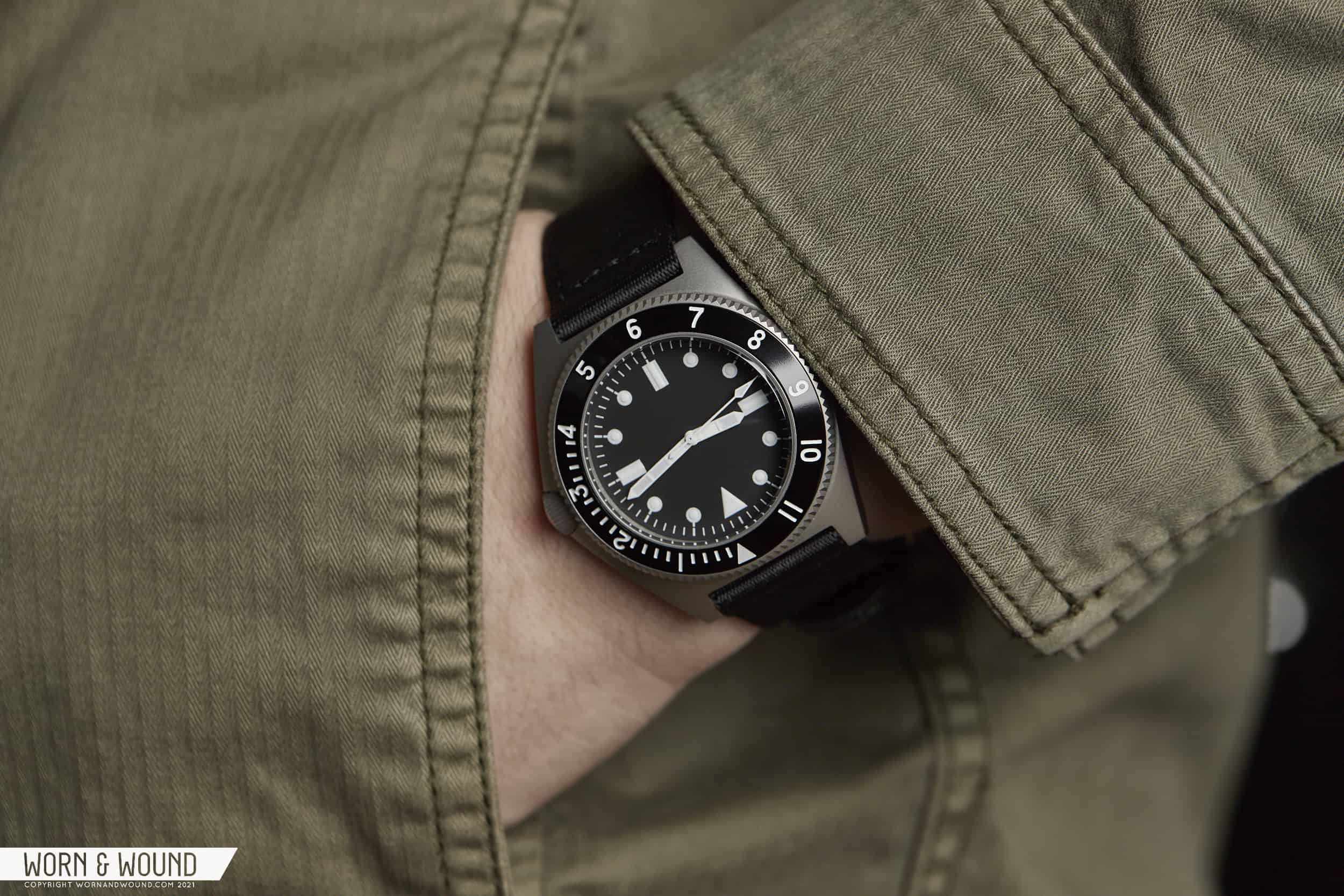
Well, until now. You see, Benrus, finally, was brought back to life by people who want to pay some respect to its history. Sure, it’s the trendy thing to do these days, but for many years Benrus was something odd that, to be honest, wasn’t worth paying attention to. It was just an old name with no connection to its history or seemingly what was happening in the industry. With the Type I, that’s changing. They got an archivist, they’ve dusted off the old catalogs, and they landed on perhaps their most famous design from an enthusiast’s perspective.
Created to be the toughest watch in its day, and issued to only the most elite units of the US armed forces, the Type I was purposeful, practical, built like a rock, and charmingly understated. To get the full run-down on the originals, check out our article Benrus Type I and Type II MIL-W-50717 Military Dive Watches. A “sleeper” of sorts, the Type I can probably beat up your other watches but doesn’t need to because it knows it can, if you know what I mean. Nearly 43mm in diameter, with 300m of water resistance, the original must have been very imposing in 1972.









 Featured Videos
Featured Videos




